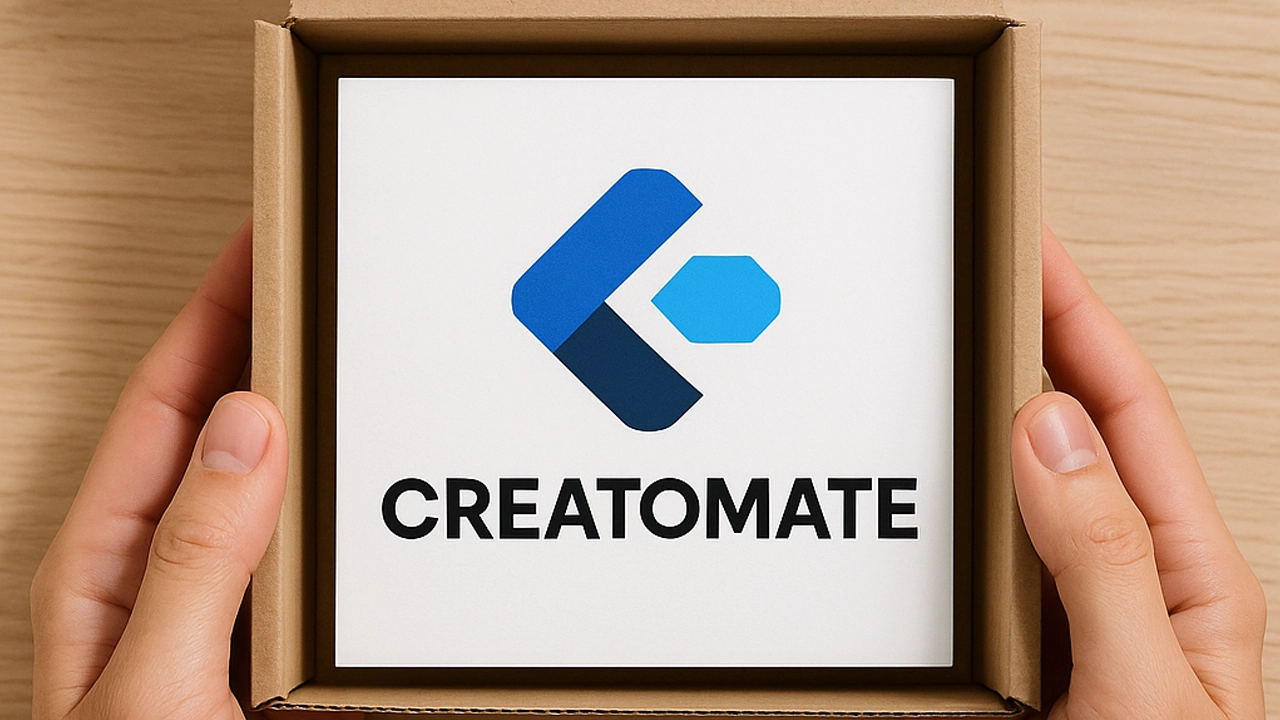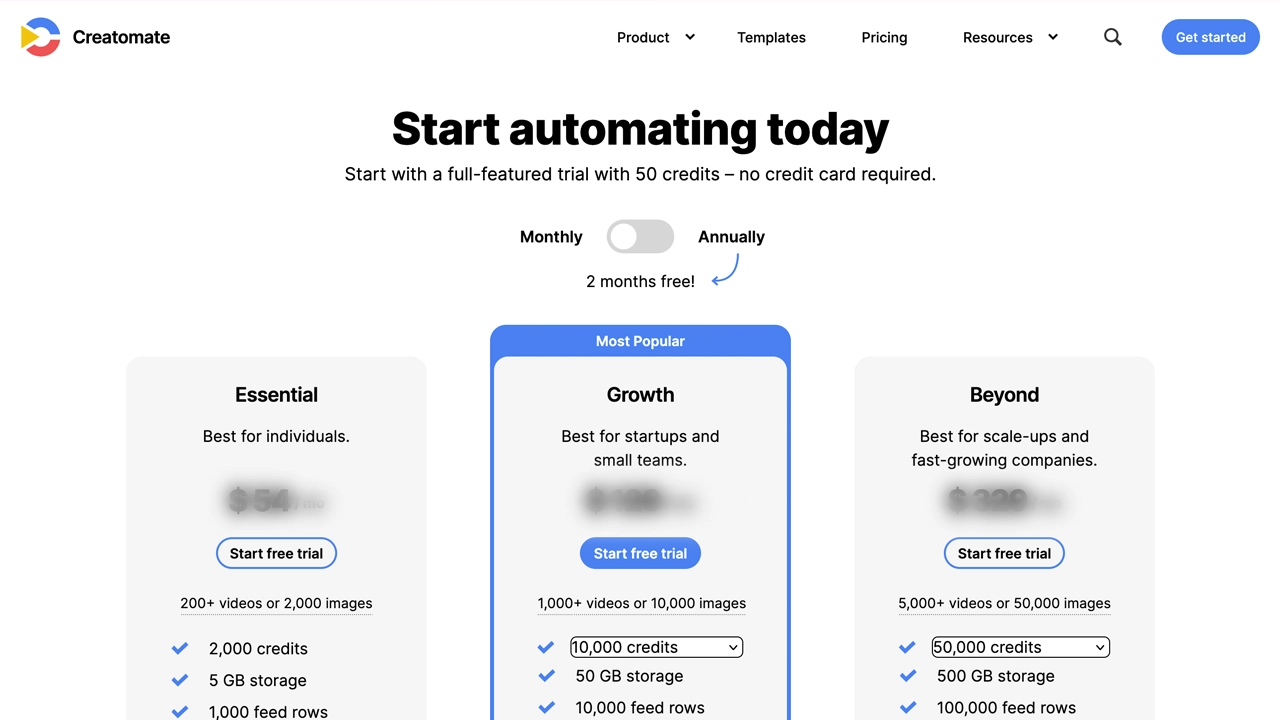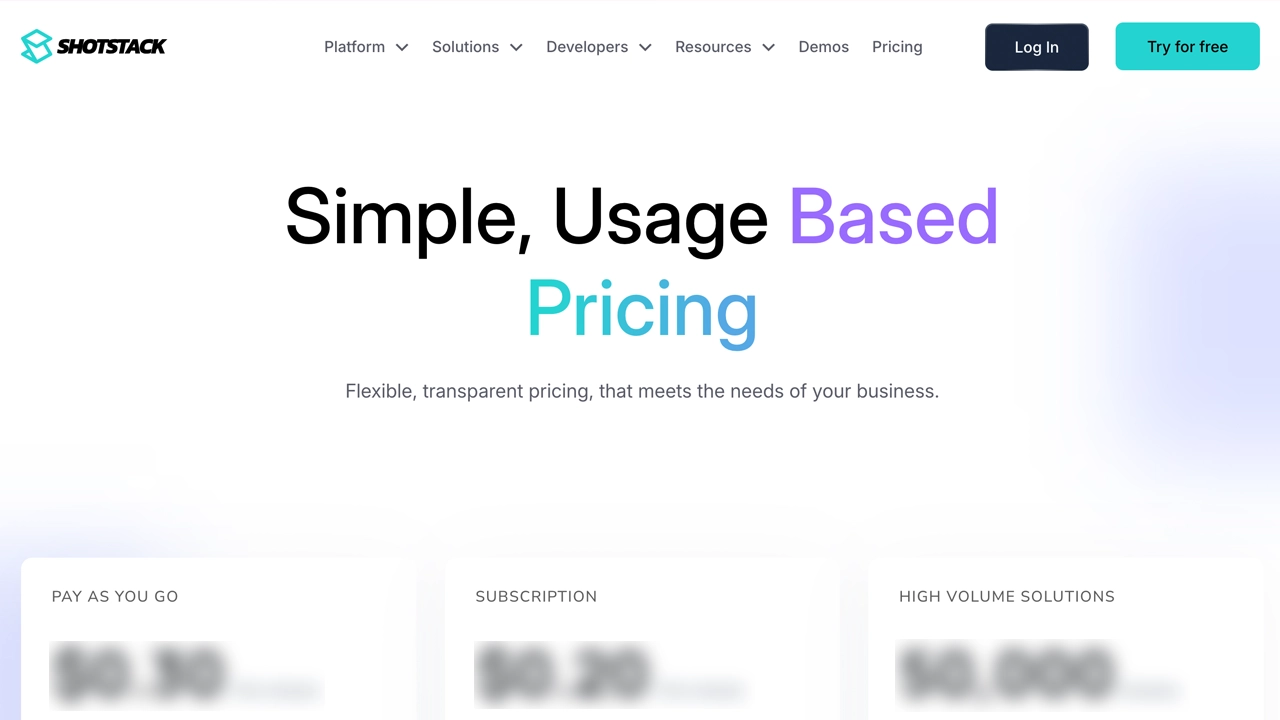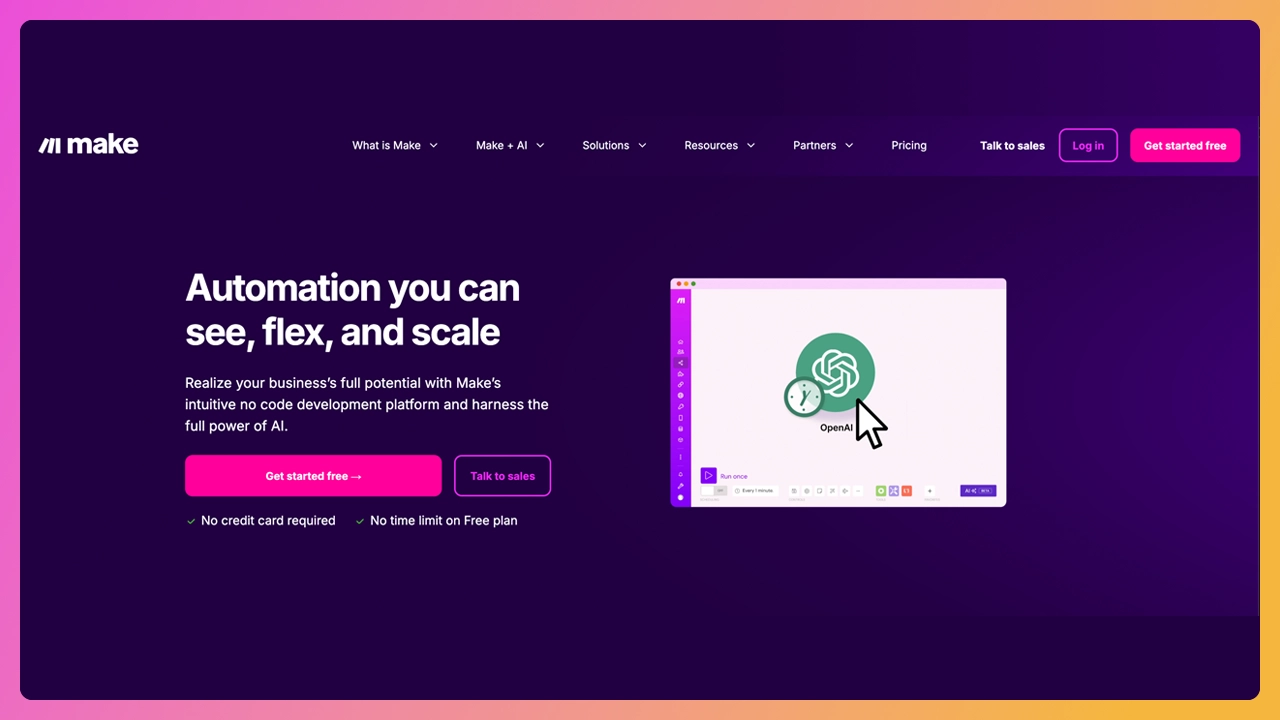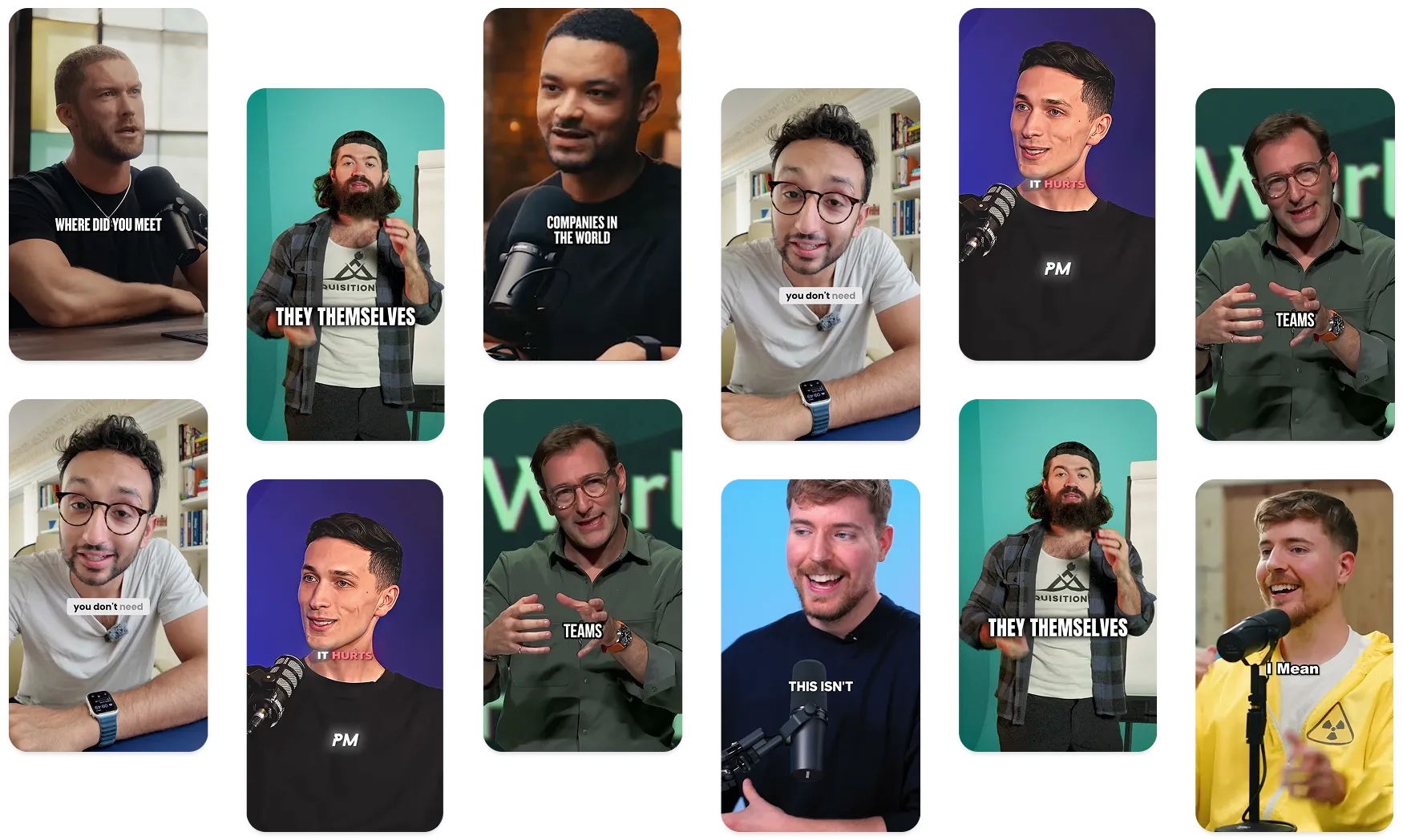Alright, let’s settle the TikTok vs. YouTube debate once and for all. Let’s talk about what actually matters: short-form content virality, long-form monetization, audience vibes, and which platform plays to your strengths.
And, is it really an either or, even? We’ll read on, my friend.
Its all about demographics & watch time Active users : YouTube leads with 2.5 billion monthly users; TikTok has grown to 2 billion monthly active users. YouTube users spend 49 minutes/day; TikTok users average 47 minutes/day (networksolutions.com ), (sproutsocial.com ).Age Appeal : Gen Z and Millennials dominate both, but TikTok still appeals younger. TikTok’s biggest age group is 25–34 (35%) followed by 18–24 ; YouTube also peaks at 25–34 (21.7%) with Gen Z (13–24) making up 25% of its U.S. base .Gender split : TikTok is roughly 44% female / 56% male globally (explodingtopics.com ); YouTube skews similarly male at 54% (globalmediainsight.com ).The right content in the right place: long-form and short-form videos TikTok videos are made for the scroll. This video-sharing platform thrives on short-form video — trend-driven, high-virality, bite-size creativity that grabs attention on the For You Page (fyp). It’s engineered for engaging content, and the numbers prove it: TikTok pulls a 2.34% interaction rate vs YouTube Shorts’ 0.91% (socialinsider.io ). YouTube, on the flip side, is built for the binge. It excels at long-form content — think tutorials, in-depth vlogs, podcasts, and livestreams — all of which fuel greater watch time, deeper storytelling, and more ways to monetize through AdSense, super chats, and channel memberships. YouTube Shorts bridges both worlds — tapping into short-form content within the YouTube ecosystem. Since its global launch in mid‑2021, Shorts has racked up over 5 trillion views and averages 4 million views per 50–60 sec clip in 2025. Perhaps the answer lies right here? Long form videos on YouTube with short form versions go on TikTok, driving eyeballs to your YouTube Channel? Here’s looking at Instagram as well.
Dudes vs girls; which platform wins the gender war? Neither platform strongly favors one gender, really. While TikTok is 44% female / 56% male; YouTube is 46% female / 54% male (sproutsocial.com ).
So your target audience should lean on age, niches, hashtags or influencers, not gender bias. If your target was a specific gender, there is no real winner here. Both, YouTube and TikTok appear to have a similar split.
Decide which audience works best for you TikTok user base Unsurprisingly, TikTok skews younger. The largest chunk of TikTok users are aged 25–34 (35%) , followed closely by 18–24 (33%) . There’s a slight male majority globally, and the platform’s seeing explosive growth with Gen Z and Millennials (networksolutions.com ).
On TikTok, short-form content is the star. Duets, hashtag challenges, and short tutorials dominate the feed, especially on the For You Page (fyp) . It’s the go-to video-sharing platform for viral, trend-driven content that fuels impulse purchases and discovery (hello, TikTok Shop).
TikTok offers built-in tools for creators: in-app editing, viral sound effects, and a creator fund that supports high output. For brands, this means rapid-fire content production and strong monetization opportunities, especially when paired with video ads and trending formats (lifewire.com ).
YouTube audience YouTube has the widest net. The largest age group being 25–34 (21.7%) , but it spans far: Gen Z (13–24) 25.1% , Millennials (25.5%) , Gen X (19.9%) , and even Boomers (15%) are in the mix.
It’s the OG platform built for all devices — mobile, CTV, and more — with horizontal formats supporting longer videos, livestreams, and podcasts.
Honestly though, YouTube has it’s claws sunk deep. YouTube Kids is like candy cigarettes. Get them while they are young, right?
It is unfathomable that it would ever not be an option. Stranger things have happened, though. Some thought MySpace was the best thing since Ask Jeeves. When it comes to monetization? YouTube is still the MVP.
I had to take a break from counting my stacks of dollars I earned from YT to write this article.
You’ve got AdSense ad revenue, sponsorships, channel memberships, super chats, affiliate links, and real monetization opportunities. Content has a long shelf life and is perfect for growing a loyal YouTube channel that keeps viewers coming back.
You don’t have to pick a side. Choose both It’s not either or, you can thrive on both platforms as long as you know what to look out for.
TikTok is perfect for virality and short-term reach, especially trending short videos, duets, and quick tutorials.
However, YouTube is better for sustained engagement, monetization, deeper connection and lifetime value.
You can use YouTube Shorts to feed viewers into your YouTube videos, and TikTok to test ideas or trends before turning them into longer videos on your channel.
Many creators grow on both platforms: TikTok creators break viral moments that funnel viewers to long‑form YouTube content; YouTube creators use Shorts for discoverability and post longer tutorial content or livestreams to monetize. That way you capture short‑form buzz and long‑form depth. (time.com ).
Basically, in the long run Tik Tok and Youtube can not only be powerful on their own, but can be used together for even better content quality.
Handy snapshot
Platform
Monthly users
Avg watch time / day
Gender split F/M
Top age group
Content style best for
TikTok
~2 B
~47 min
~44% F / 56% M
25–34 & 18–24
Fast short-form video trends
YouTube
~2.5 B
~49 min
~46% F / 54% M
25–34, strong Gen Z/Millennial mix
Long-form video, livestreams, tutorials
What does this actually mean for creators? Want fast virality on a social media platform? Lean into TikTok videos with catchy sound, hashtags, duets, trends.
Building a durable YouTube channel, long-form video, tutorials, vlogs or podcasts? That’s where youtube offers monetization, deeper connections, and revenue like adsense, creator fund alternatives, brand partnerships, super chats, and channel memberships.
For max reach, creators should post videos across both: use short-form content (TikTok, Shorts) to grab attention, then funnel leads to longer videos on YouTube for deeper retention.
Strategy matters: rely on tiktok’s algorithm to hit For You Page and spark virality, and use youtube’s algorithm (subscriptions, recommendations, watch time) to build your content strategy, community, and ad revenue over time.
Want to go viral without burning out? Submagic’s got you You don’t have to worry about long hours spent video editing— not when you’ve got us as your secret weapon.
Submagic helps you edit once and post everywhere. Here’s how:
Instantly generate high-quality captions with our subtitle generator . No more guessing font styles or timing — just upload and go. Turn your long-form content into viral-ready magic clips in seconds. Perfect for YouTube Shorts, TikTok videos, or Reels. Built-in video description generator to get you discovered faster. Supports easy repurposing: TikTok format? YouTube Shorts format? Insta Reels? You can easily add: Whether you’re trimming long-form content, punching up a Shorts video, or batch-editing a full YouTube channel's worth of content — Submagic saves creators hours . That means you now have more time on your hands to get those creative juices flowing for your next viral video.
There’s no need to stick with one platform when you could be excelling on all of them. Just let Submagic do the heavy lifting while you kick back and relax.
FAQs Which type of content does better? Trend‑driven TikTok-style shorts go viral; educational, tutorial, in-depth and longer videos shine on YouTube.
What’s the audience reach? YouTube edges out with the biggest global reach — it’s basically the internet’s TV at this point. But TikTok? It owns the scroll-happy, trend-chasing Gen Z crowd like no other. If you’re after mass visibility and cross-generational reach, YouTube wins. But if you want to hook the next wave of culture drivers, TikTok’s where the fire starts.
Is it better to watch TikTok or YouTube? It depends on your mood. Want a quick hit of entertainment while you wait for your coffee? That’s TikTok. Want to deep-dive into a topic, watch a full podcast, or learn a new skill? That’s YouTube. TikTok nails real-time, short-form content; YouTube is king of long-form videos and in-depth tutorials. Honestly, most people watch both — for different reasons.
Is it better to grow on TikTok or YouTube? TikTok is faster for virality — one video can blow up overnight, especially if you land on the For You Page (fyp) thanks to TikTok’s algorithm.
But YouTube is better for sustainable growth and monetization. With AdSense, channel memberships, super chats, and long shelf life on content, creators can build real businesses.
Best move? Use TikTok to grow fast, and funnel that audience to your YouTube channel for deeper connection and income.
Why do people use TikTok over YouTube? Three reasons:
1. It’s faster — everything is bite-sized.
2. The social media platform is super addictive (blame that slick algorithm).
3. It feels more personal and less polished — TikTok creators are raw, relatable, and usually filming right from their phone.
It’s the ultimate scroll-and-laugh app. But when people want quality video content or long-form value, they head to YouTube.
Is TikTok beating YouTube? In short bursts of engagement and virality? TikTok’s winning that round.
In monetization, reach, and content depth? YouTube still holds the crown.
Think of it like this: TikTok wins the sprint. YouTube wins the marathon.
But really — they’re not fighting. Most smart content creators are using both to grow faster than ever. With tools like Submagic, you don’t have to choose a side — you can post videos to both in one workflow and win the whole game.
In the YouTube vs TikTok debate, the smart answer is: it’s not one or the other. It’s about content format, platform strengths, and leveraging both short-form and long-form video content to reach and retain your audience.

















